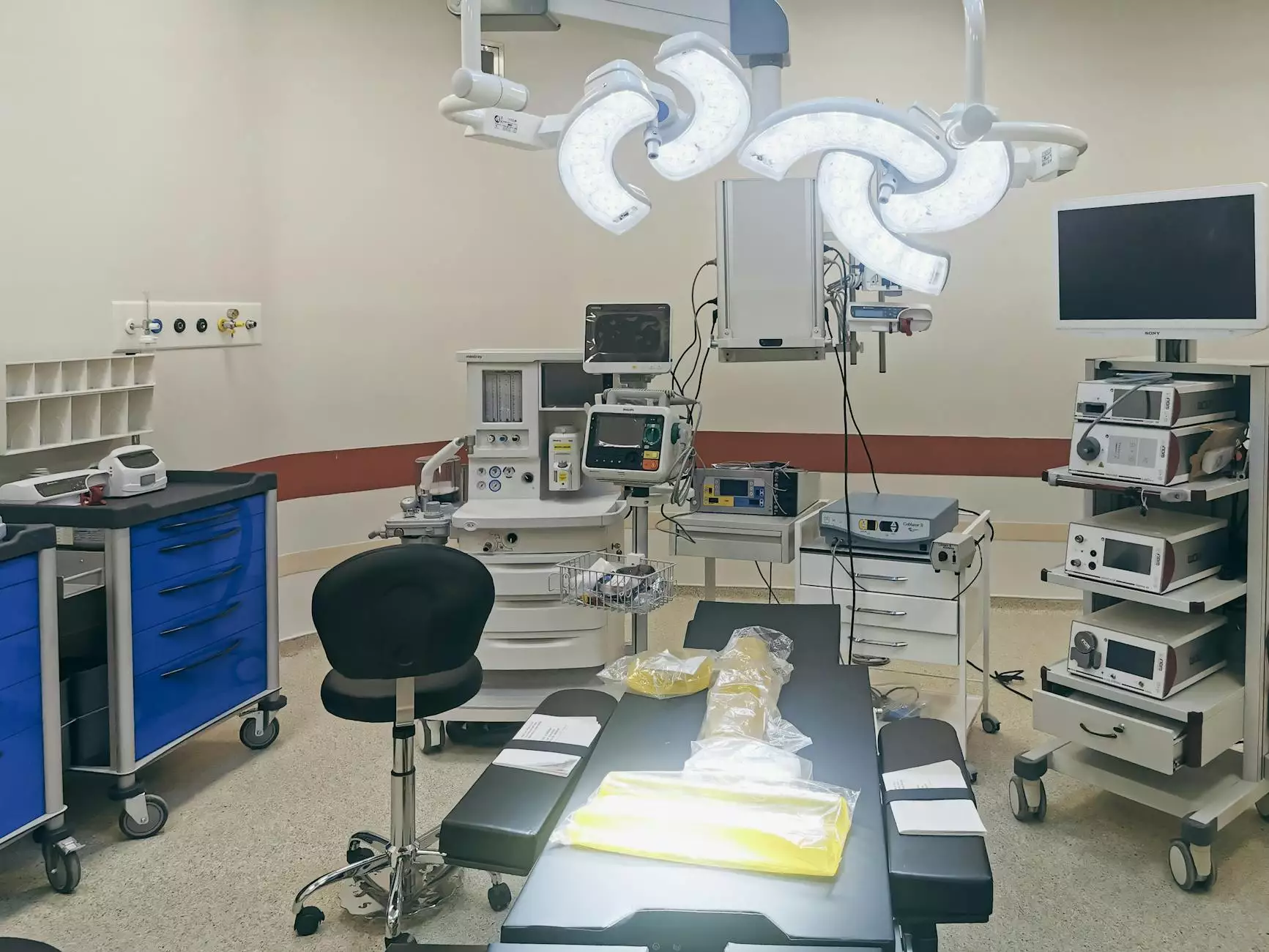99% Stenosis - Right Proximal Coronary Artery
Blog
The Importance of Understanding 99% Stenosis in the Right Proximal Coronary Artery
Welcome to Phoenix Medical Services, where we specialize in providing comprehensive cardiovascular care to our patients. In this case study, we will discuss the condition of 99% stenosis in the right proximal coronary artery, its implications, and how our team of dedicated professionals can help provide effective treatments and improve the overall well-being of our patients.
Understanding 99% Stenosis
Stenosis refers to the narrowing of arteries due to the buildup of plaque, which is composed of cholesterol, fat, and other substances. When the stenosis reaches 99% in the right proximal coronary artery, it restricts blood flow to the heart muscle, resulting in potentially life-threatening consequences if left untreated.
Common symptoms of 99% stenosis in the right proximal coronary artery include chest pain (angina), shortness of breath, fatigue, and in severe cases, even heart attack. It is essential to identify this condition early on and seek professional medical assistance.
Diagnosis and Treatment Options
At Phoenix Medical Services, our experienced team of cardiovascular specialists employs state-of-the-art diagnostic tools to identify the presence of 99% stenosis accurately. These tools may include angiography, stress tests, or non-invasive imaging techniques such as coronary CT angiography.
Once diagnosed, our skilled physicians will develop a personalized treatment plan to address the specific needs and condition of each patient. Treatment options for 99% stenosis in the right proximal coronary artery may include:
- 1. Medications: Certain medications like statins, antiplatelet agents, or beta-blockers may be prescribed to manage cholesterol levels, prevent blood clot formation, and improve heart function.
- 2. Angioplasty: In this minimally invasive procedure, a small balloon is inserted into the narrowed artery and inflated to widen it, allowing improved blood flow.
- 3. Stent Placement: Following angioplasty, a small mesh tube called a stent may be placed in the artery to keep it open and prevent restenosis.
- 4. Coronary Artery Bypass Grafting (CABG): This surgical procedure involves creating a bypass around the blocked artery, restoring blood flow to the heart.
Why Choose Phoenix Medical Services?
When it comes to cardiovascular care, Phoenix Medical Services stands out as a trusted and reliable healthcare provider. Here are some reasons why patients choose us:
- Expertise: Our team consists of highly skilled and experienced cardiovascular specialists who stay up-to-date with the latest advancements in the field.
- Comprehensive Care: We provide a wide range of diagnostic and treatment options, ensuring personalized care tailored to each patient's unique needs.
- State-of-the-Art Facilities: Our cutting-edge facilities enable us to deliver accurate diagnoses and perform advanced procedures with precision.
- Patient-Centered Approach: At Phoenix Medical Services, we prioritize patient well-being, ensuring a compassionate and supportive environment throughout their healthcare journey.
- Successful Outcomes: With our expertise and integrated approach to treatment, we have achieved exceptional results in improving the health and quality of life for our patients.
Contact Phoenix Medical Services Today
If you or a loved one are experiencing symptoms associated with 99% stenosis in the right proximal coronary artery, don't hesitate to reach out to Phoenix Medical Services for expert guidance and personalized care. Contact us today to schedule a consultation with one of our dedicated cardiovascular specialists and take the first step towards a healthier heart.
Disclaimer: This article is for informational purposes only and should not be considered medical advice. If you have any concerns or questions about your health, please consult with a qualified healthcare professional.




